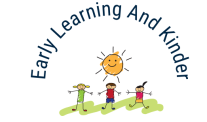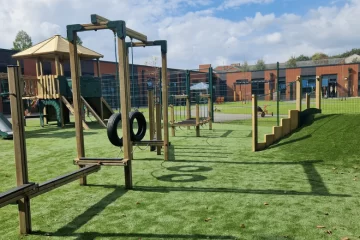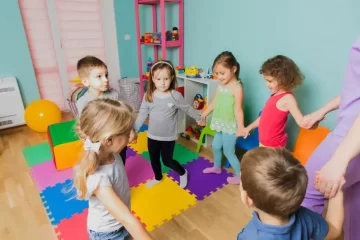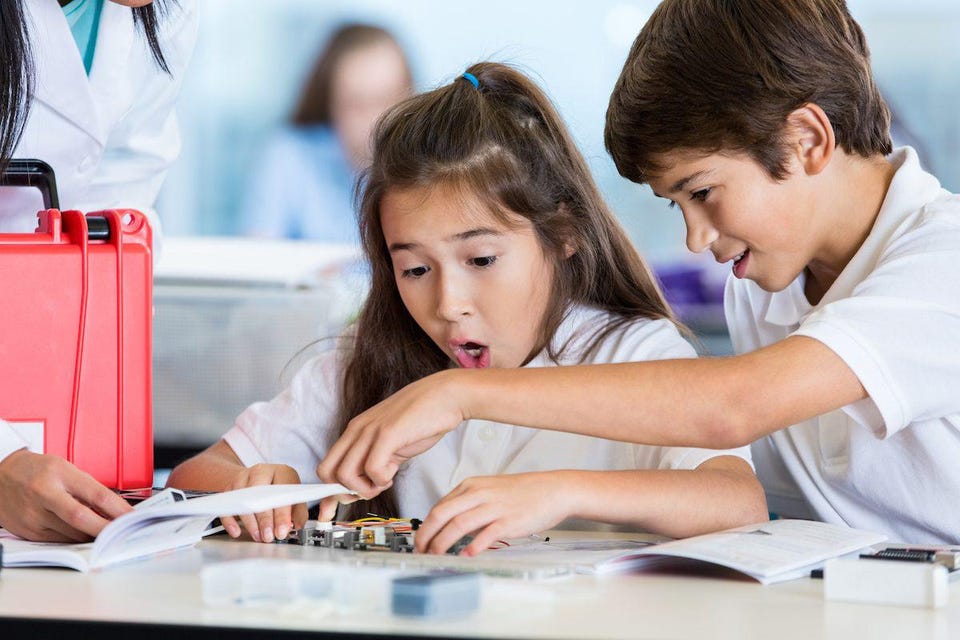Early literacy skills are a pathway to reading
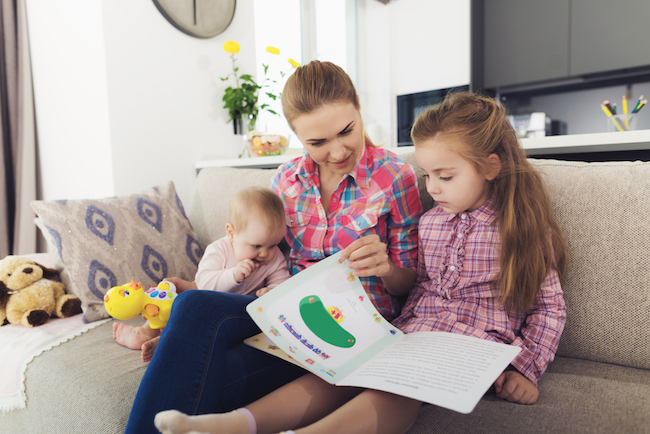
Shared books, repetitive rhymes, and silly songs are fun for children young enough to read.
It was once believed that reading was the same as learning to talk. But this fairy tale was not true. Reading the English language can be a difficult skill to master. It often takes years of practice and instruction to learn how to do it correctly.
The reading journey begins with “hear first, then see later”. Literacy begins at birth when sounds of language are first experienced. Stories shared and repeated rhymes, sing-songs, and stories told are all-important literacy learning activities for toddlers, preschoolers, and older children.
The alphabet is a simple scribble on a page when young children see it for the first time. They need to learn that written letters are symbolic representations of sounds in language, called phonemes. Reading and exposure to picture books allow them to break the alphabet code.
Around four to five years old, children’s brains begin to connect sounds with the symbols we use to read or write. These “sounds” make it easier to decode words, such as sounding out letters like S – A – T to make the word sat’.
According to neurological science, brain development begins in childhood. This is because genes, environment, and experience drive brain development. Ninety percent of brain development occurs before the age of 4. These connections are the basis for learning in the future. Parents, early childhood educators, and caregivers play a vital role throughout this stage.
Early literacy learning includes sharing and discussing books and stories. It is vital to link children’s stories with illustrations and pictures and play with language. This can help them learn and promote brain development.
Clear evidence supports the link between literacy skills in the early years and later academic outcomes. While reading and writing may not be taught until a child enters Big School, the first five years of life are crucial for developing and maintaining the foundations of early literacy skills.
The following are the early literacy skills that a child should have before they enter school:
Phonological awareness
- Recognizing that words are composed of speech sounds or ‘phonemes’ – there are 44 sounds in English. Some of these sounds can be represented by individual letters, such as a or, and others by combinations of letters, like sh or th.
Oral language
- This refers to words children understand and can use in speaking or listening. Reading vocabulary is closely linked to oral vocabulary. These are words that a child recognizes and uses in reading. Research shows that children who have larger vocabulary levels do better in reading and school.
An alphabet is a useful tool for learning:
- To recognize and name letters.
Print awareness and comprehension:
- Understanding what is being read and book handling skills like reading sentences from left to right.
How educators can create a literacy-rich environment
Children should feel inspired, creative and happy in a literacy-rich environment. It would help if you had a classroom filled with books, posters and writing tools. A well-resourced writing center should be available. It should include a word wall, a noticeboard at child height with engaging posters, and possibly a letter or word for the day. A cozy and comfortable reading area outside and inside should be provided with soft toys and curated books.
To encourage reading at home, create a small library of pictures and storybooks. You can have your child bring in a library bag and sign their name on the borrower’s card.
Learning to read is a journey that builds on many experiences and interactions. Children must be provided with opportunities to use literacy multiple times a day.
- Reading with young children is one of the most popular and effective early literacy activities. Sharing stories or pictures with young children can encourage them to think and support their thinking. A teacher can help children understand what is happening by providing language and responding to their questions.
- Parents and caregivers could be encouraged and supported in classroom learning by encouraging literacy activities at home. Making resources such as books to borrow or information sheets available is easy to start.
- Children learn to sing silly nursery rhymes and nursery songs by actively encouraging them. This helps them feel more confident and successful, and it also encourages their ability to master tongue twisters.
- Early childhood should include creative teaching of the alphabet, both in and outside of order. Also, the sounds and names associated with each letter should all be learned. There are many opportunities to learn playful skills, such as the alphabet song, fishing for letters and letter hunts (like an Easter egg hunt) or learning letters to spell a child’s name.
Every child learns at a different pace, just like with all skills. Based on the educator’s assessment, parents and caregivers may need professional advice if there are any serious delays, such as difficulties with listening and speaking, reading letters, and spelling out words.
Try these fun early literacy activities:
- You can bring a book to life by using creativity, listening ears, and actions. Make props that children can use to follow the story as they read it aloud.
- Sociodramatic play is where children create a storyline that retells familiar situations or events. Use props and costumes to create emergent writing and reading opportunities. A grocery store might use pencils to create a pictorial and written shopping list, label food and drink labels, and display special signs. You could also try a doctor’s practice with an appointment book and pretend x-rays.
- Nursery Rhyme Charades – Fill a bag full of items from nursery rhymes. Children can use them to play charades roles. Invite children to create a new rhyme using the items.
- You can take a letter walk and add a touch of eye-spy to it. With children, you can create large letters, place them outside on objects (such as T on the tree), and then go outside to find the alphabet. Eye-spy is a fun way to match letters with the correct object.
- A portfolio for each child: Gather works from each child, including examples of literacy and language skills, to help parents and caregivers understand what their child is doing.
